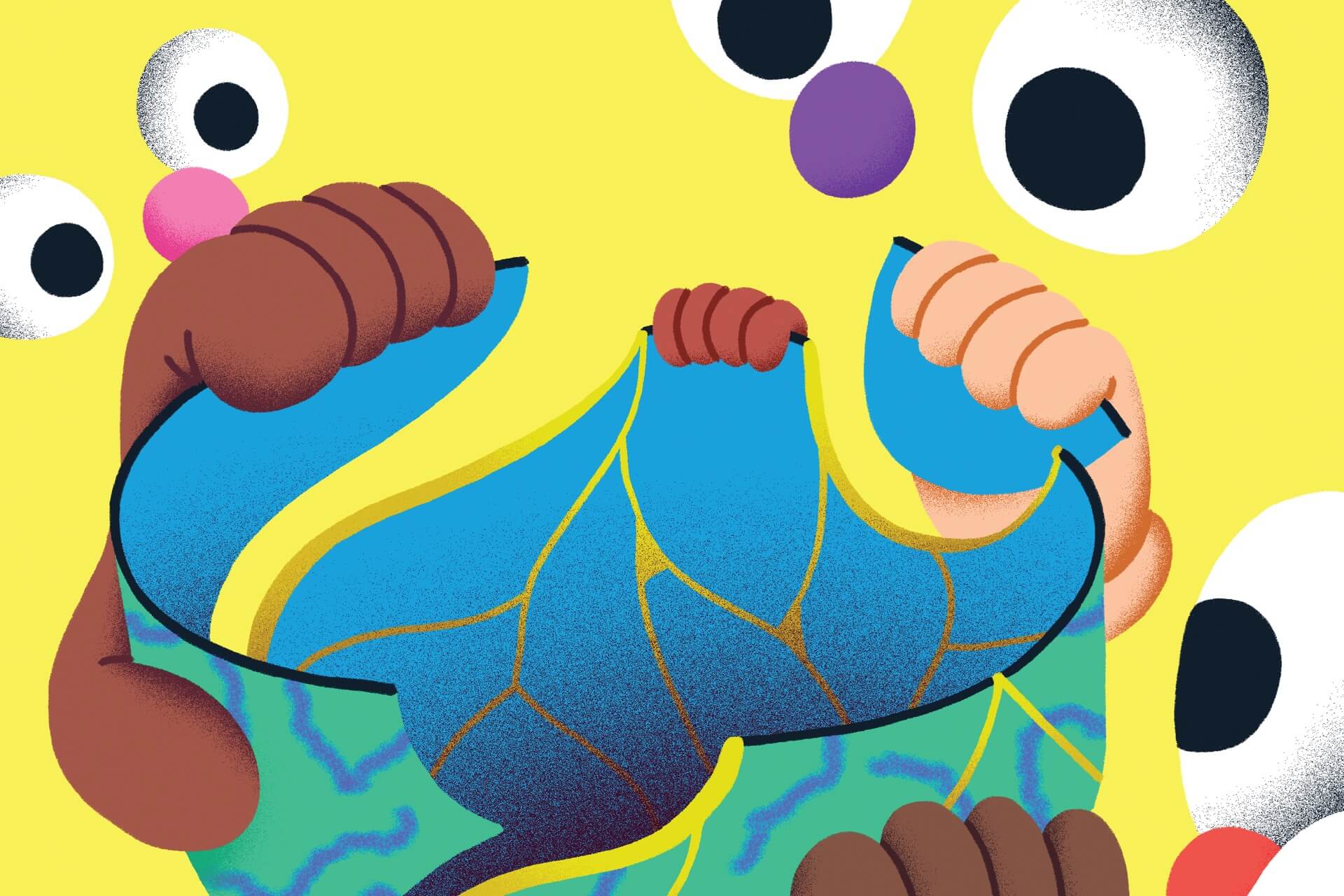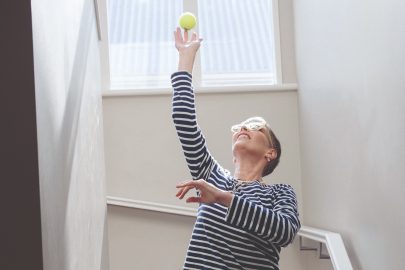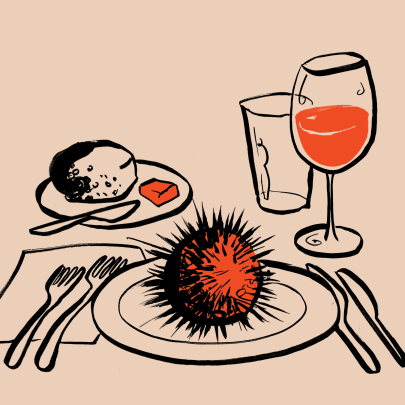Jul 22, 2021 Society
The broken can’t be unbroken, but it can be fixed. Damage can’t be erased, but it can be repaired. The parts can be made whole.
Through a mix of frugality and expensive tastes, I have — perhaps because I’m getting older, perhaps because the climate is radically changing as a consequence of our consumption, perhaps both — become obsessed with, where appropriate, buying things that will not only last a long time, but can be repaired. A recent purchase of winter boots (or, more appropriately for Auckland, wet-weather boots) froze me into months of retail paralysis. The boots I was replacing were beyond repair. I’d had them for 11 years and there was no longer anything that could be done to keep the puddles from seeping in.
So when looking for boots — this time considering only models where the sole could be removed from the upper and thus repaired or replaced — I couldn’t help but ask: Are these the boots I am to own for the next 11 years? Or, hopefully, longer? Are these boots not just me now, but me at 50?
I had similar concerns buying a new set of dishes from Wairarapa potter Paul Meltzer. Over 14 years of marriage, my wife, Amber, and I had never committed to crockery and had relied on mismatched hand-me-downs and the remnants from a bar we once owned. Those restaurant plates were made to be almost unbreakable but had the downsides of being both aesthetically dull and haunted by ghosts of the past. This new set — 10 dinner plates, 10 side plates, 10 bowls and 10 mugs — was a commitment to our future. Leaning into the contemporary paradox of opposing consumerism by buying more things, I hoped these would be the plates I’d eat off for the rest of my life and that we’d leave to our children, who’d remember them fondly. While I may be mortal, I hoped these plates might last forever. It didn’t occur to me that they might break.
First was a cup, whose particular grain and colour I was particularly fond of. I tried to carefully glue it back together, and while it looked pretty good, it slowly leaked so was useless for anything other than holding stationery. Then came the plates, the small ones that the kids use more often: three down in the first six months. A couple of bowls, too. But I kept them all, except the two that smashed into too many pieces to complete the puzzle. I hoped that one day I might stitch the others back together. I hoped they might be saved.
Kintsugi is the Japanese art of repairing broken pottery with lacquer which is then dusted with a powdered metal — traditionally gold (kin = gold, tsugi = connect), but these days more likely brass or tin. The point is not to mend the broken object seamlessly, but to celebrate its brokenness, to make it more beautiful for having been used and broken. In line with the Japanese philosophy of wabi-sabi — a celebration of the imperfect and incomplete, the worn and the broken — objects repaired with kintsugi embody the connections not just between the broken pieces that have been brought back together but to the maker, the owner, the repairer. Kintsugi celebrates an object’s history and its place in a fl awed and beautiful world.
In Auckland, I found an opportunity to put this philosophy into practice, to make whole again my broken plates and bowls. On a recent rainy Sunday morning, I attended an Auckland Art Gallery workshop run by Yuka O’Shannessy, the owner of Public Record, a gallery and retail space at 76 Ponsonby Rd. There, 12 of us brought in our plates and bowls and cups and sculptures. A couple of careful types who were there more for the education than the repair (perhaps to future-proof their beloved pottery) brought in cups for O’Shannessy to break and to then be fixed.
With traditional kintsugi, pottery was repaired with only lacquer and gold, but repairers are increasingly embracing such modern technologies as super glue and putty to more efficiently reconnect breaks before they are sealed with lacquer and finished with metal. We set out to put our things back together, many of us gluing our fingers to the objects in the process. O’Shannessy told us to let gravity help by holding our object upright. Trying to glue two things at once, I dropped one to the floor with a bang and had to pick out carpet fluff from the super glue. At least if it broke, I was in the right place.
Once our ceramics were glued and stable, gaps and chips were filled with putty and, when dry, covered with a thin application of ruby-red lacquer. We went slowly and carefully, wedging our elbows into our sides to minimise movement. Making imperfection beautiful takes concentration — surely there can be ugly kintsugi, too. We traced the veins of our mistakes with the concentrated sap of trees. My plate looked like it was bleeding. Once it began to dry, the tacky lacquer was dusted with fi ne brass powder and immediately began to shine.
The lacquer takes two weeks to dry. To avoid smudging while in transportation, objects must be carefully balanced so the lacquered and dusted seams don’t touch anything. Once safely home, I hid them in the bathroom, to soak up the humidity and gain the strength they’d need to become not just ornaments but functional objects. To hold liquid, to withstand use. Not to be exactly as they were, but to fi nd a new way to exist in the world. To show their damage and their renewal. To acknowledge their history but to keep moving forward despite it. To show the wear and tear of existing in the world. To be beautiful.
—
This story was published in Metro 431 – Available here in print and pdf.






